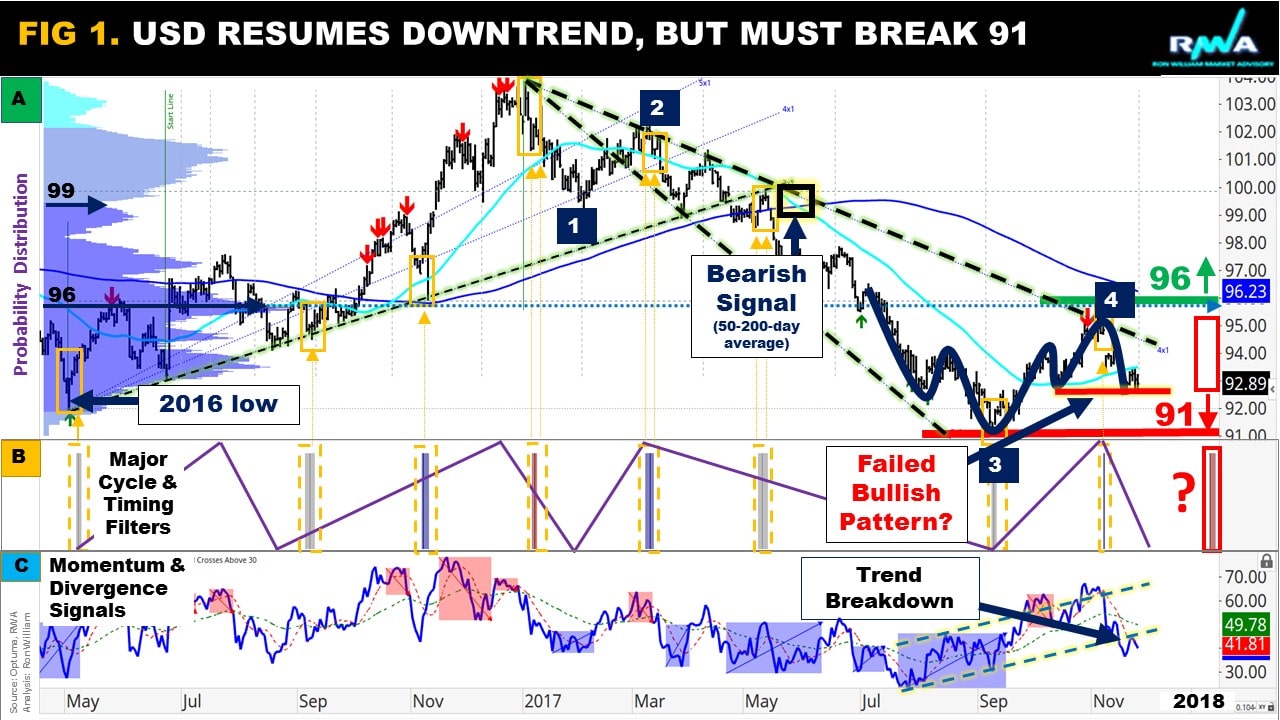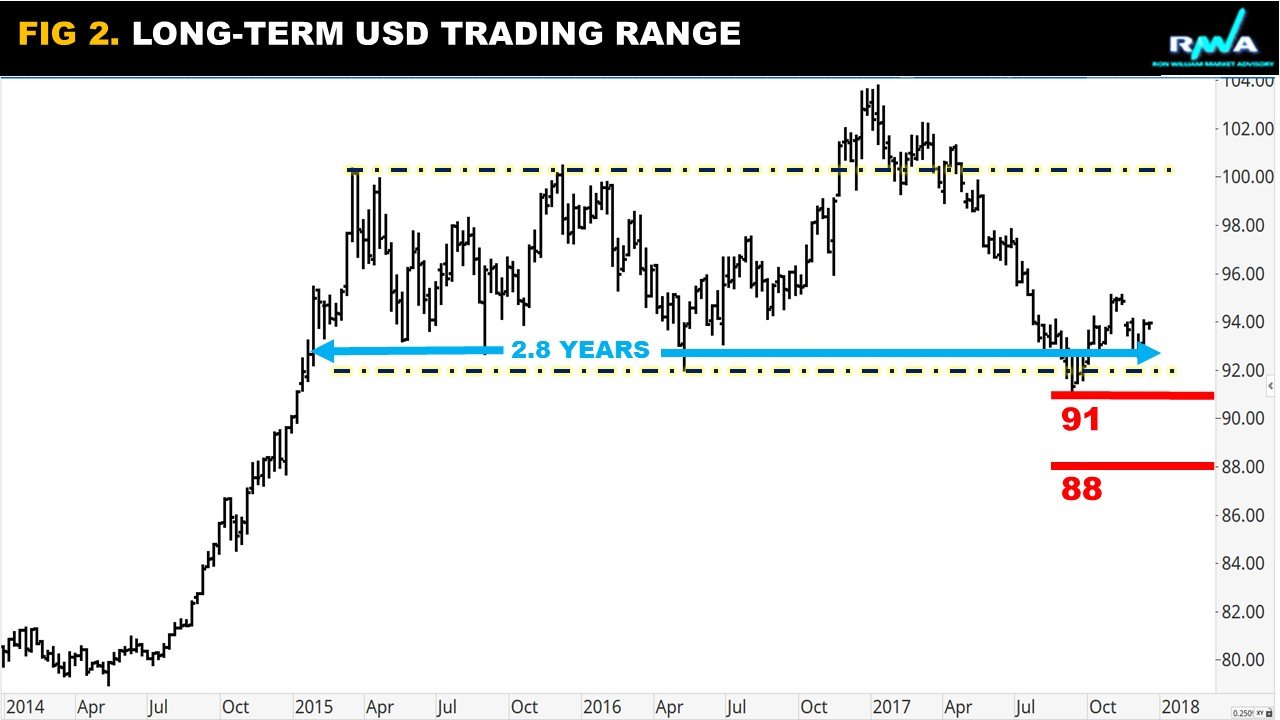
Book a Free Consultation

It has always been assumed that the US dollar (USD) would be a haven of value and characteristically strong in troubled times, especially if stock markets entered a bear market. This was certainly the case in the crash years of 2008 and 2000. However, the same situation has not held true recently with large sell-offs in the traditional risk proxies such as the S&P500, being accompanied by a drop in USD.
Unsurprisingly, this disconnect coincides with the Federal Reserve now trying to slowly reduce its balance sheet and raise interest rates to levels that could be regarded as normal. Meanwhile, other central banks, such as the European Central Bank and Bank of Japan, are persisting with more aggressive easing of their money supply. The growing divergence naturally makes their currencies unfairly compete against the USD.
Against this backdrop, Mr Trump is determined to return the advantage back to the USA. His tax cuts are just the first step. The second step could be to allow and indeed encourage the USD to weaken. But what of the state of the invisible hand of market forces? Is the USD king dead or alive?
2025 London Academy of Trading. All rights reserved.

